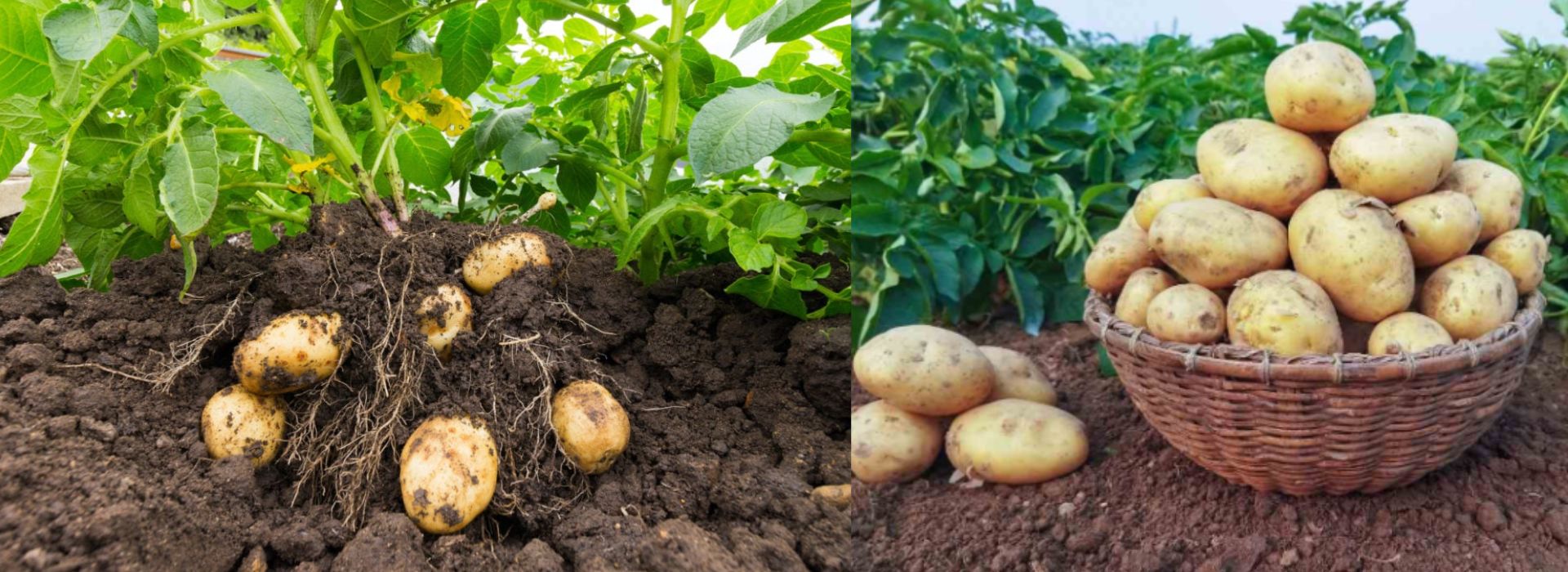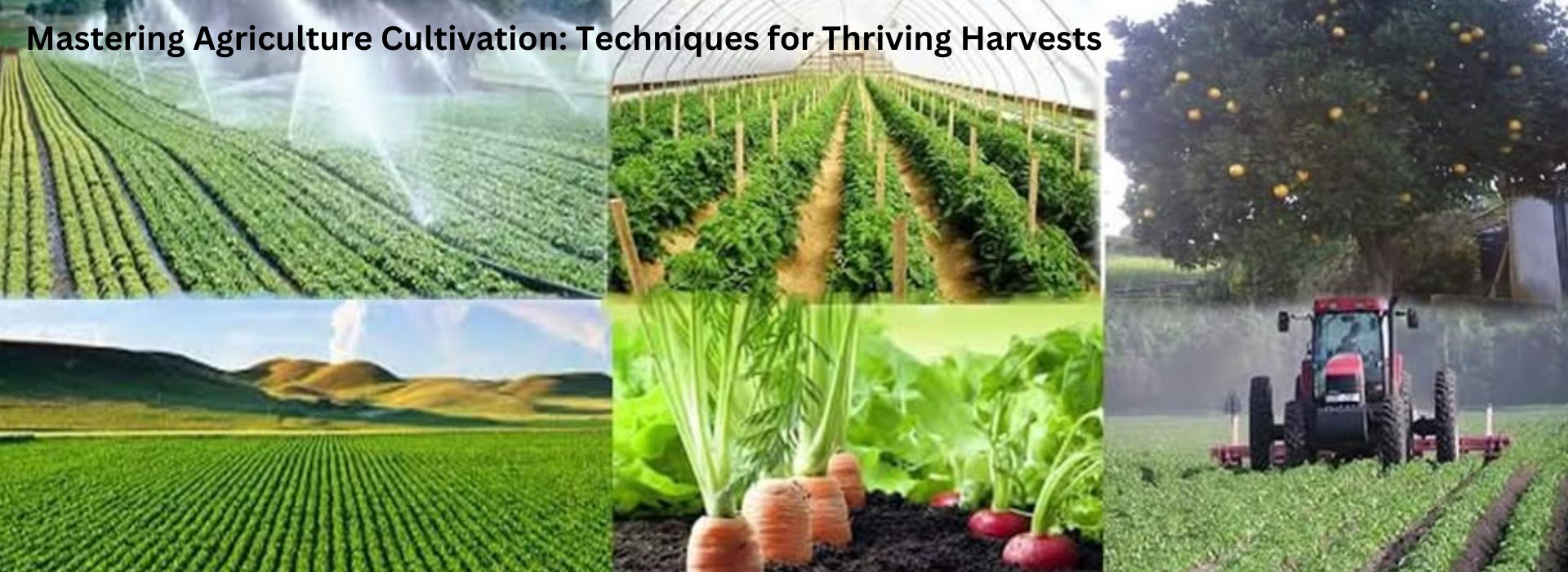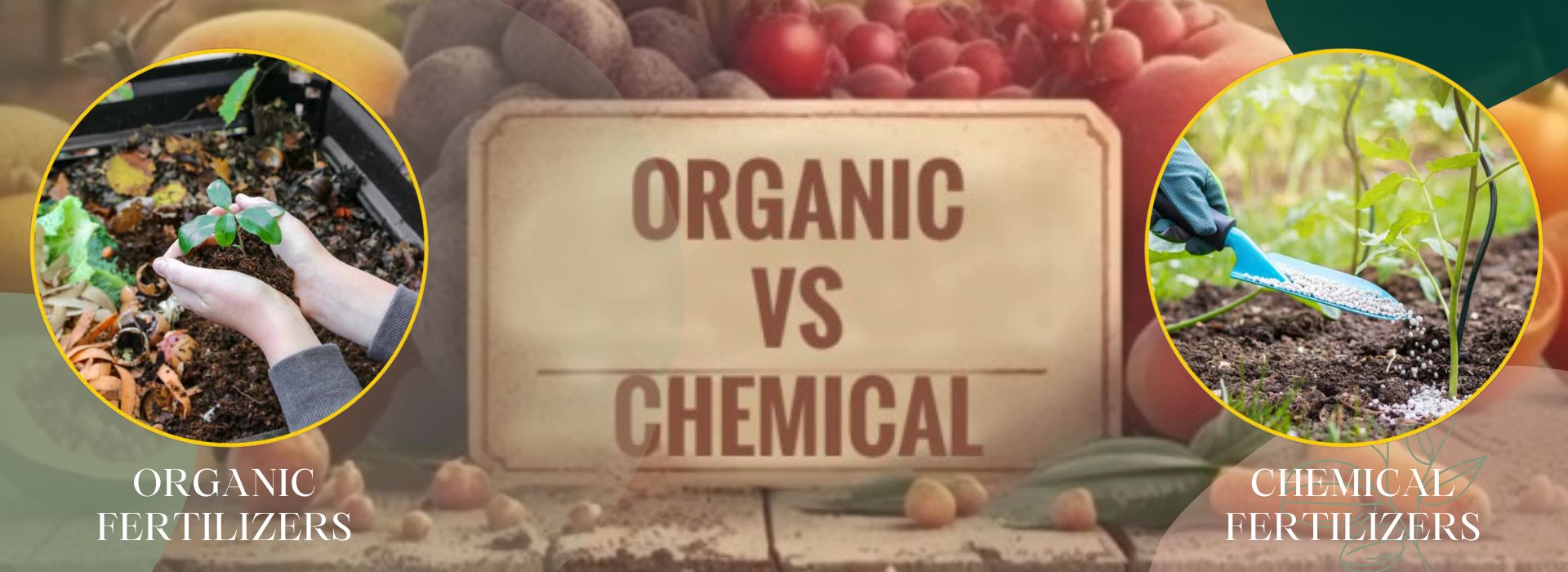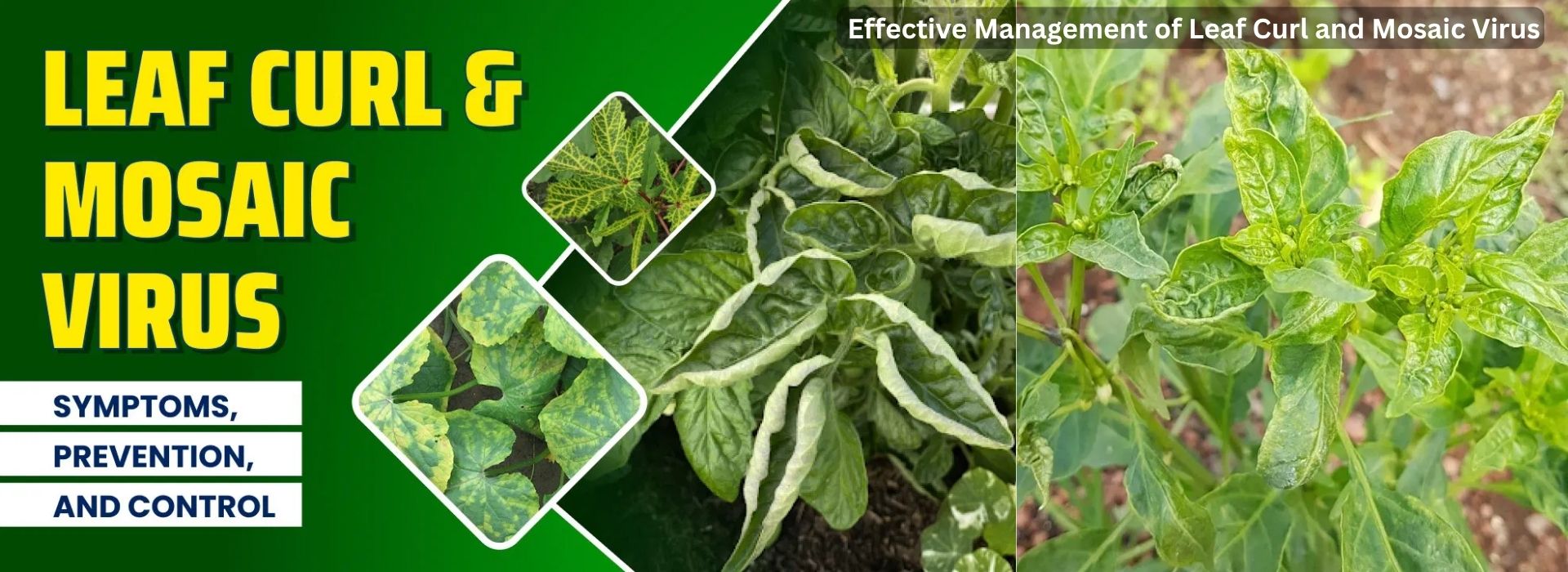The Winter Wonder of Potatoes: Cultivating Excellence in Every Acre
October 8, 2024The
Winter Wonder of Potatoes: Cultivating Excellence in Every Acre
Potatoes
are more than just a staple food in many parts of the world – they are a
powerhouse winter crop that plays a crucial role in global food security and
economic sustainability. The cool, crisp weather of winter creates ideal
conditions for growing potatoes, making this season particularly magical for
farmers looking to cultivate excellence in their fields.
In
this blog, we’ll explore why winter is the best time to grow potatoes, the
benefits of potato farming, and a detailed guide on how to cultivate a
successful winter crop, ensuring high yields and quality produce in every acre.
Why
Potatoes Thrive in Winter
Winter
is considered the prime season for potato cultivation, especially in regions
with moderate climates. Potatoes are a cool-season crop, meaning they thrive in
lower temperatures. They require temperatures between 10°C and 25°C for
optimal growth, making winter the perfect time for planting in many parts of
India and other temperate regions.
Benefits
of Growing Potatoes in Winter:
- Ideal
Temperatures: Potatoes
grow best in cool, frost-free environments, and winter provides the
perfect conditions for tuber formation.
- Reduced Pest
Pressure: Colder
weather often means fewer insect pests and diseases, leading to healthier
crops and lower input costs for pest management.
- High Yields: Potatoes cultivated in winter are often
of superior quality, producing larger tubers with better starch content
and longer shelf life.
Preparing
for Potato Cultivation: Key Steps
1.
Selecting the Right Variety
Choosing
the right potato variety is essential for maximizing yield and ensuring the
crop's success. Some varieties are more suited for winter cultivation than
others, offering disease resistance, fast growth, and high productivity.
Popular
Winter Potato Varieties:
- Kufri Jyoti: A high-yielding variety with good
resistance to late blight.
- Kufri
Chandramukhi: Known for
its early maturity and excellent yield potential.
- Kufri Bahar: Suitable for northern plains, with high
resistance to diseases.
2.
Soil Preparation
Potatoes
grow best in loose, well-drained soil rich in organic matter. The ideal soil pH
for potatoes is between 5.0 and 6.5. Sandy loam or loamy soils are ideal, as
they allow tubers to develop freely without becoming waterlogged.
Steps
for Soil Preparation:
- Deep Plowing: Begin with deep plowing (20-30 cm) to
break up soil clods and improve aeration.
- Incorporate
Organic Matter: Add
compost, well-decomposed farmyard manure, or green manure to enrich the
soil.
- Ridging: Potatoes are grown in ridges, which
help improve drainage and create the ideal soil structure for tuber
growth.
3.
Planting Schedule
The
timing of potato planting is crucial for achieving optimal growth. In India,
for example, potatoes are typically planted between October and December,
depending on the region.
Planting
Tips:
- Seed
Selection: Use
certified seed potatoes (small whole potatoes or cut pieces with at least
one "eye"). Ensure seeds are disease-free and healthy.
- Spacing: Plant the seed potatoes 10-15 cm deep,
with a spacing of 60-75 cm between rows and 20-30 cm between plants. This
allows enough room for tuber development and reduces competition for
nutrients.
Essential
Practices for Winter Potato Farming
1.
Irrigation Management
Although
potatoes require consistent moisture, waterlogging can lead to diseases like
blight and rot. Winter potato crops typically need light but frequent
irrigation, especially during the tuber formation stage.
Best
Practices for Irrigation:
- Drip Irrigation: A more
efficient method that delivers water directly to the plant's root zone,
reducing water wastage.
- Avoid
Overwatering: Ensure the
soil is moist but not waterlogged. Irrigate early in the morning to allow
water to penetrate the soil before temperatures drop in the evening.
Potatoes
are heavy feeders and require balanced nutrition throughout their growing
period. Fertilizer application should be based on soil testing, but a general
recommendation is:
- Nitrogen (N): Promotes lush foliage and tuber growth.
- Phosphorus
(P): Essential for root and tuber
development.
- Potassium
(K): Improves tuber quality, size,
and resistance to diseases.
Apply
NPK fertilizers in a ratio of 120:80:100 kg per hectare, split into
multiple doses during planting and tuber bulking stages.
3.
Pest and Disease Management
Though
winter cultivation reduces pest pressure, some pests and diseases can still
pose a threat to potato crops, such as aphids, potato tuber moths, and late
blight. Integrated Pest Management (IPM) strategies, including crop rotation,
biological control agents, and resistant varieties, can help keep these
challenges at bay.
Common
Diseases to Watch Out For:
- Late Blight: This fungal disease thrives in cool,
damp conditions. Use resistant varieties and apply fungicides as a
preventive measure.
- Black Scurf: Caused by the fungus Rhizoctonia
solani, it affects tubers, causing them to develop rough, scaly patches.
Ensure proper soil management and use disease-free seed.
Harvesting
and Post-Harvest Practices
Potatoes
are typically ready for harvest 90-120 days after planting, depending on
the variety. Look for signs of maturity, such as yellowing vines and skin
firmness on the tubers.
Harvesting
Tips:
- Stop
Irrigation: Cease
watering 2-3 weeks before harvest to harden the tubers and prevent
rotting.
- Cure Tubers: After harvesting, allow the tubers to
cure in a cool, dry place for about 10-14 days. This process helps to heal
any cuts and toughen the skin, improving storage life.
- Storage: Store the harvested potatoes in a
well-ventilated area at 4-6°C, with moderate humidity, to prevent
sprouting and rotting.
Yield
and Profitability
A
well-maintained winter potato crop can yield 20-30 tons per acre,
depending on the variety, soil quality, and management practices. The
profitability of potato farming is highly dependent on input costs, market
prices, and yield. On average, the net profit from one acre of potatoes
can range from ₹50,000 to ₹1,00,000, depending on market demand and regional
conditions.
The
increased demand for potatoes in winter due to their role in processed products
(like chips and fries) and their versatility in cuisine ensures that farmers
have a steady market for their produce.
Conclusion
The
winter wonder of potatoes is not just about their resilience and high yield
potential, but also the versatility and profitability they bring to farmers. By
selecting the right variety, following best practices for cultivation, and
managing the crop carefully, farmers can cultivate excellence in every acre.
Whether
you're a seasoned farmer or new to potato cultivation, embracing the
"magic" of winter potatoes could be the key to maximizing both yield
and profitability in this cool season. So, get ready to harness the potential
of this remarkable crop and enjoy the fruits (or rather, tubers) of your labor!
At krishibazaar.in,
you can find and buy various agricultural products. For agricultural guidance
on selecting the most suitable products for your crops, please contact or
WhatsApp at +917887880887






Guest reviews
No reviews found for this Blog